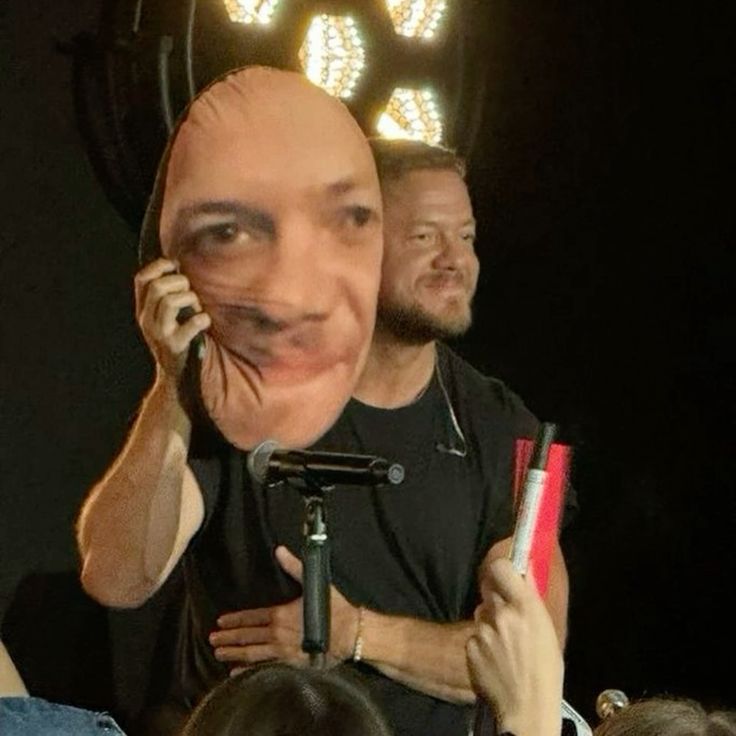Homeostasis
Cards (23)
- Define ‘Homeostasis’
- What does our body use to recognise a change from optimal conditions, sending a signal to reverse this?
- Automatic control systems contain:
- What are muscles and glands?
- What do the nervous system and the endocrine system do?
- What is negative feedback?
- Where is the source of the hormone ADH and what is it's target organ?
- What is the role of the hormone ADH?
- What effects does the hormone ADH have on the body?
- Where is the source of the hormone adrenaline and what is it's target organ?
- What is the role of the hormone adrenaline?
- What are the effects of the hormone adrenaline?
- Where is the source of the hormone insulin and what is it's target organ?
- What is the effect of insulin?
- Which parts of the brain have a role in detecting and controlling thyroxine levels?
- What happens if thyroxine levels in the bloodstream are too low?
- What happens if thyroxine levels in the bloodstream are normal (to maintain it?)
- Is adrenaline controlled by negative feedback?
- What is another effect that adrenaline has on the body?
- What 2 hormones help changes occur in puberty?
- State 4 changes that happens to boys during puberty:
- State 3 changes that happen to both boys and girls during puberty:
- State 4 changes that happen to girls during puberty:
